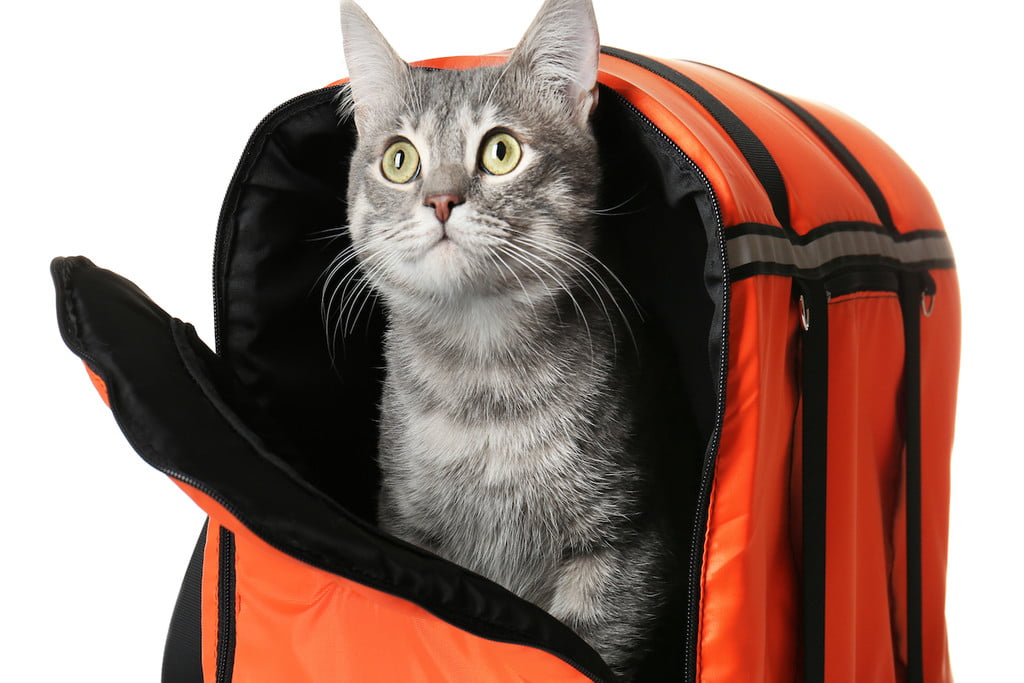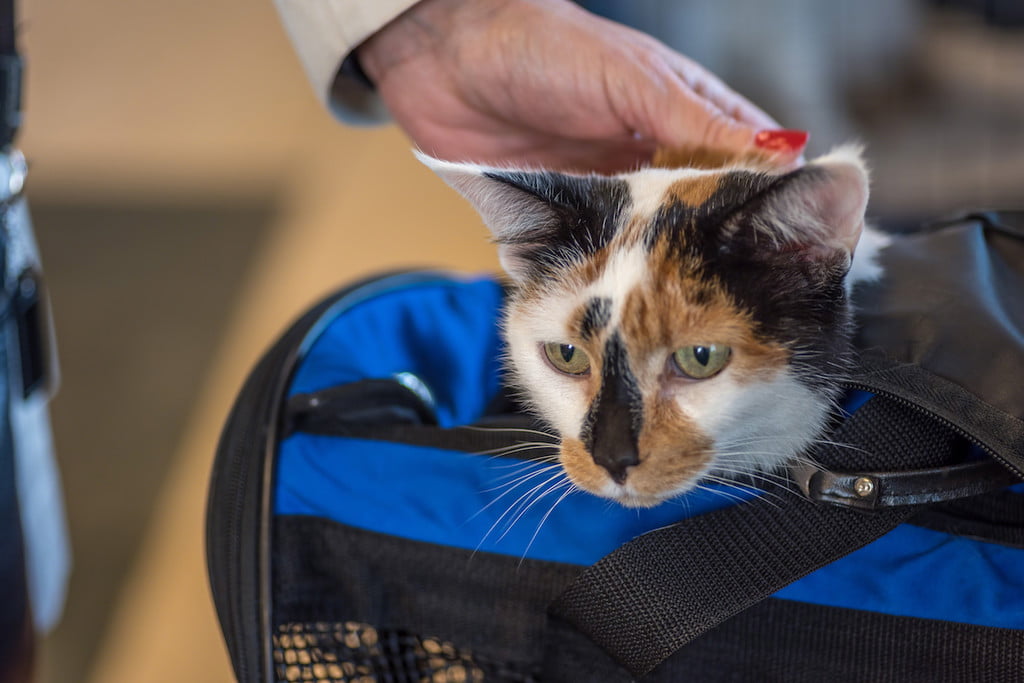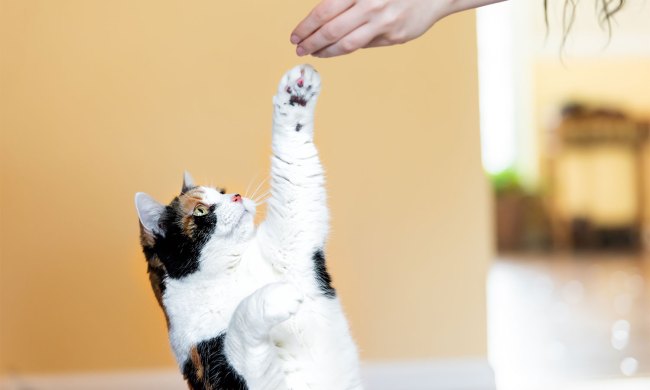It can be somewhat stressful when considering how to travel with your cat on a plane. If you do a little upfront planning, however, it can alleviate the stress or worry you may be feeling. Thousands of pets fly on airplanes every year — be it a move, vacation, or relocation with their owners. Airlines have, over time, made the process as pain-free as possible and will have specific, established guidelines listed on their websites.
For some airlines, you’ll need certain paperwork such as immunization records for your cat, so make sure to call in advance and have those ready so you aren’t scrambling right before you fly. The more you are prepared, the less you will stress, which means the less your fur-baby will too.

How to travel with a cat across the country
Our biggest advice is — if you have a long trip across the country and if the airplane allows — always opt to bring your cat in the cabin to fly with you under your seat. Flying in the cargo of an airplane can be stressful on your furry friend, and they’ll be dealing with abnormal temperatures and air pressures, which is no fun for humans, let alone our furry friends.
In general, try to take direct flights if possible to avoid loading and unloading your cat multiple times. Take an early morning or late evening flight in the summer and an afternoon flight in the winter — if they do need to travel in cargo, you can avoid temperature-related issues.
Call the airline in advance of your travel to determine the precise weight requirements and dimensions of allowed carriers so you know if you have the right one. This is not something you want to get wrong on the day of your flight. If possible, purchase the carrier at least a month before your flight so your cat can become familiar with it. This will help lessen the stress your cat may be feeling on the day of travel.

Will medication ease a cat’s stress level?
Most cats will do just fine traveling, especially if they are in the cabin with you and you can regularly check on them. Some cats, however, can experience tremendous stress when they fly. Obviously, if it’s your first time, you won’t know, but you do know your cat. If they frighten easily at home or when there are loud noises, or if they’re jumpy around people they don’t know, you may want to consult your veterinarian about your options.
In general, it’s best to feed your cat no less than six hours before the flight to avoid sickness. Depending on airline rules, you may be able to keep a small water bowl inside the carrier that you can fill once you board so your cat stays comfortable and hydrated during the flight.
Traveling with a cat can be a lot of stress, even if you know having them with you at the end of your journey will be well worth it. Plan ahead, do your research, and keep this guide handy so the next time you and your feline companion are ready to jet off to a new destination, it’s a low-stress undertaking.



